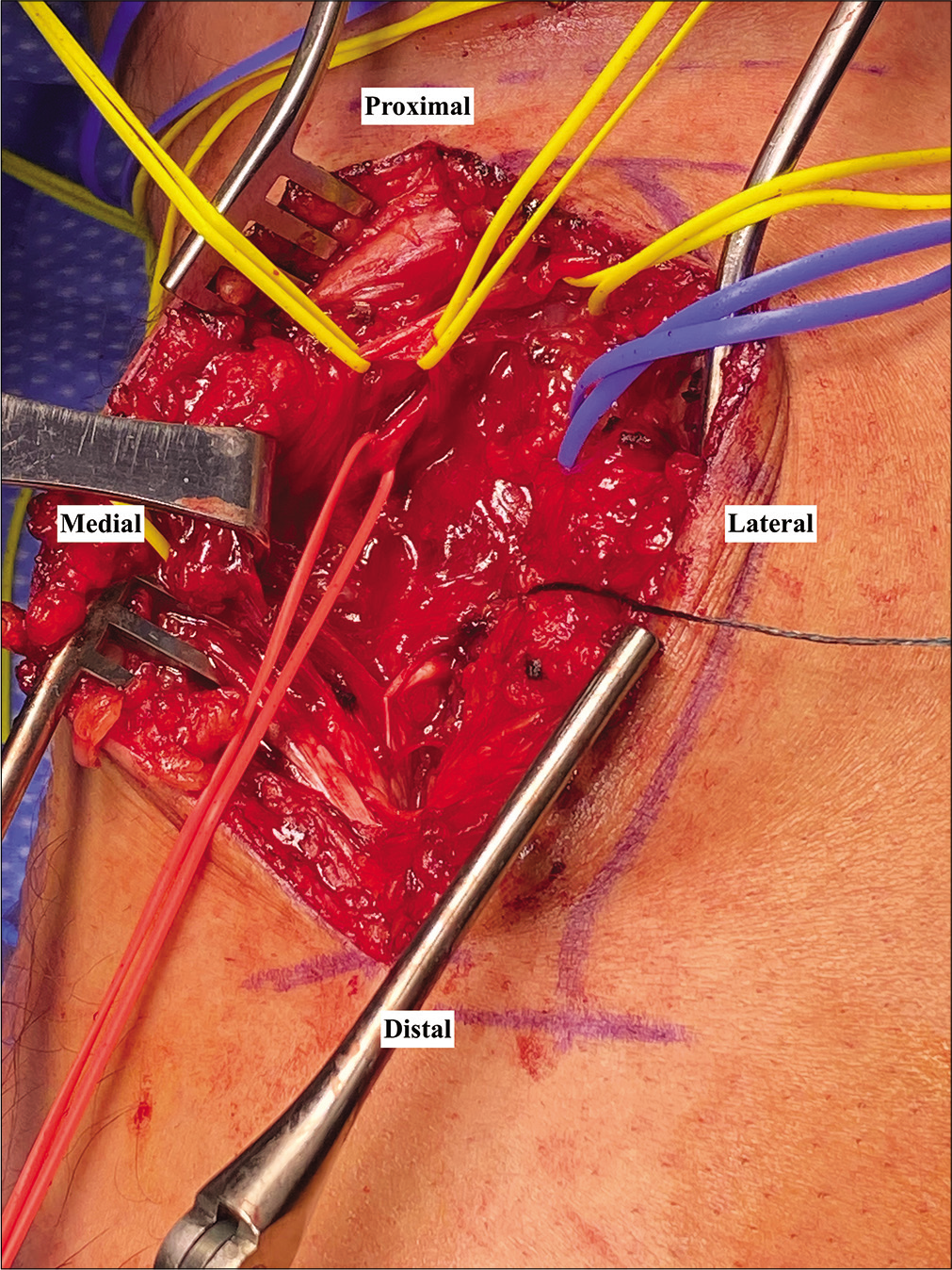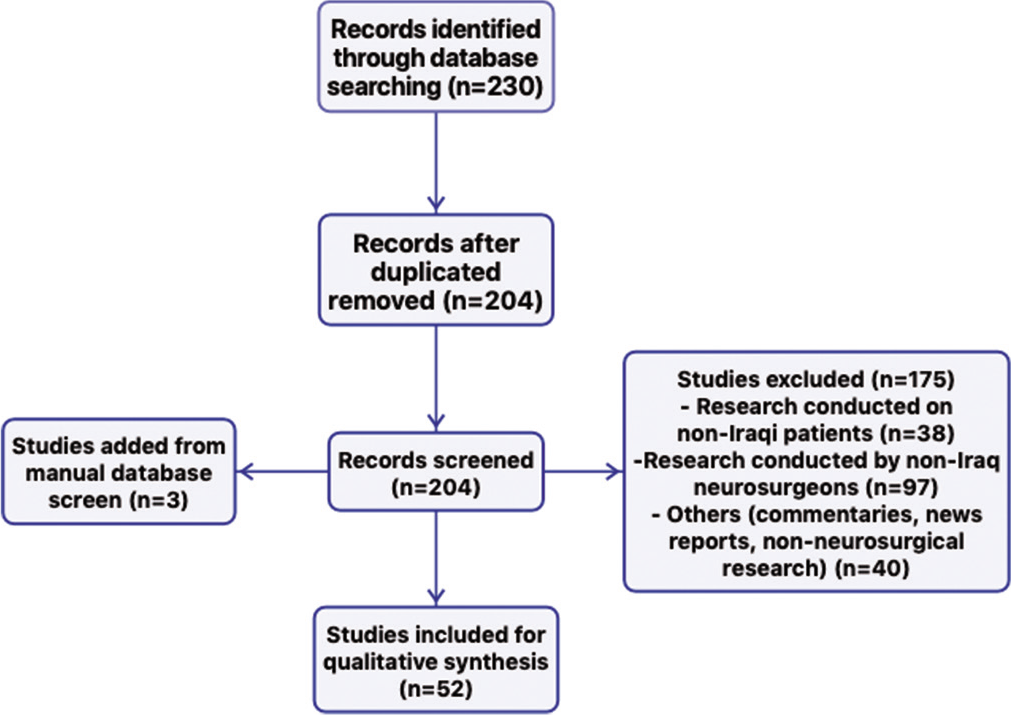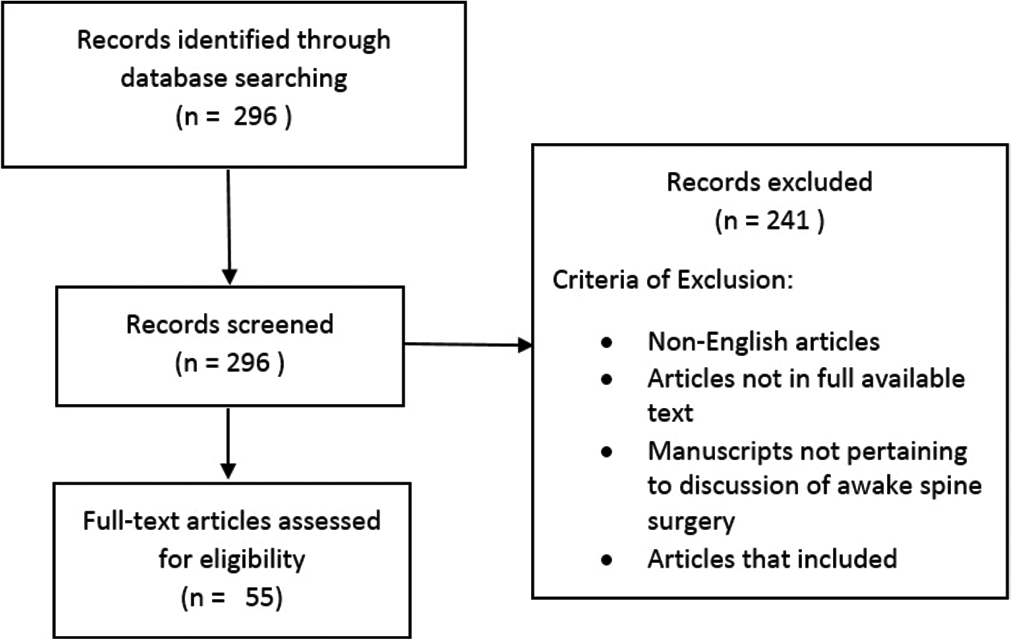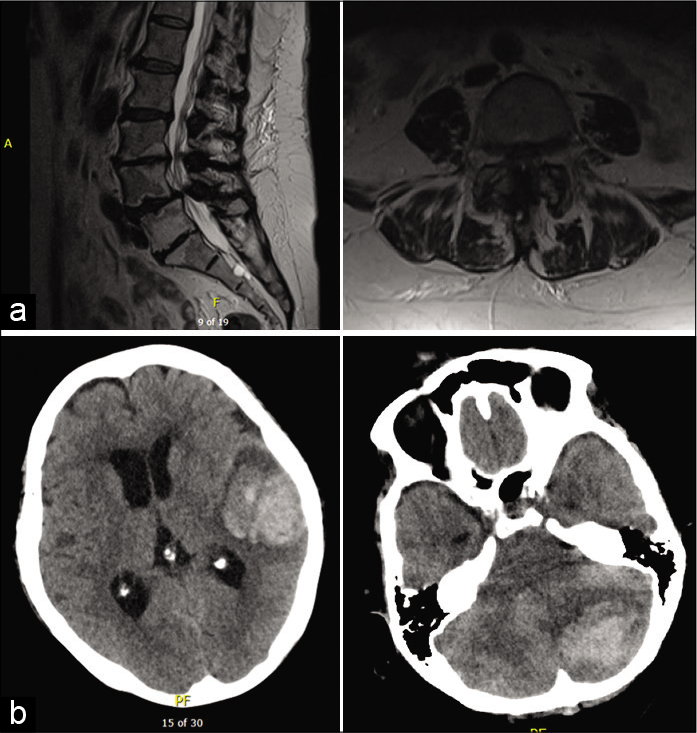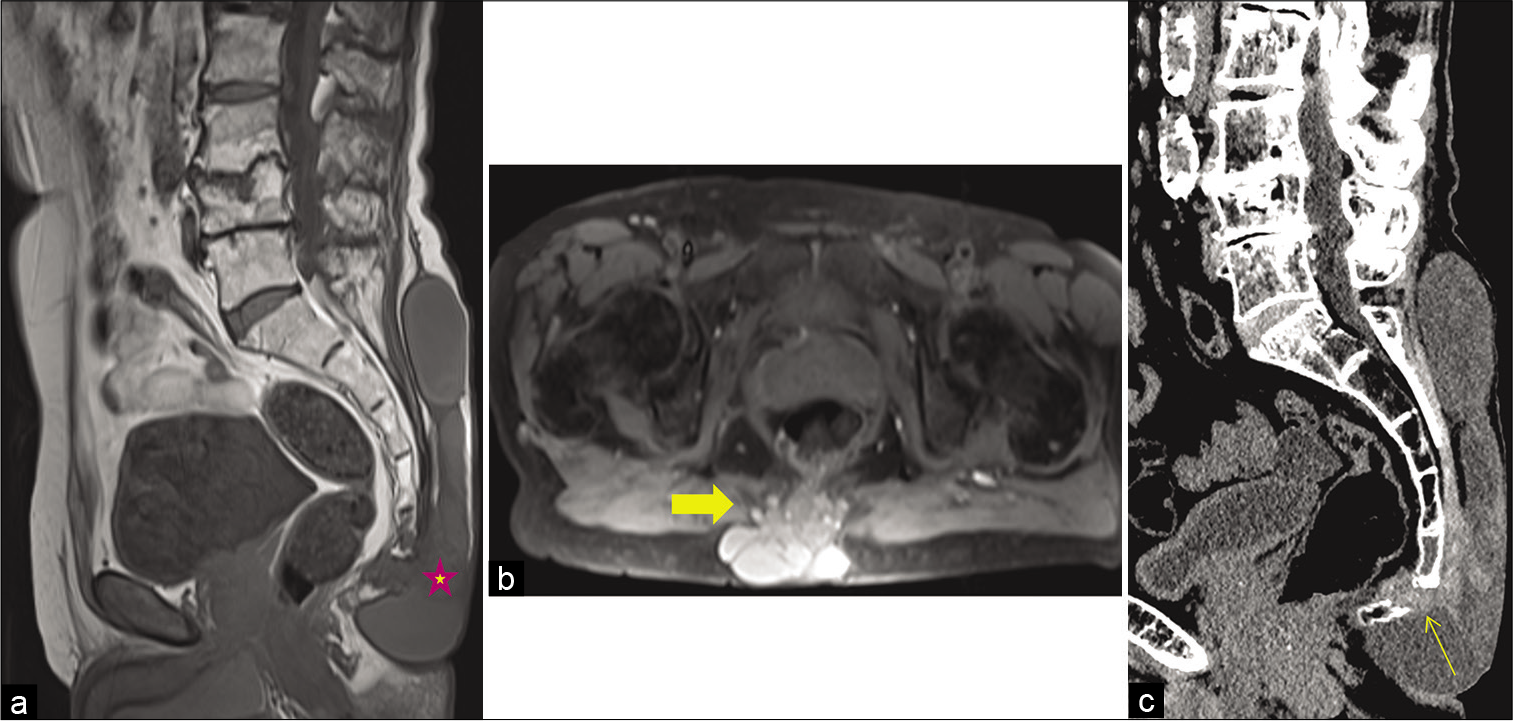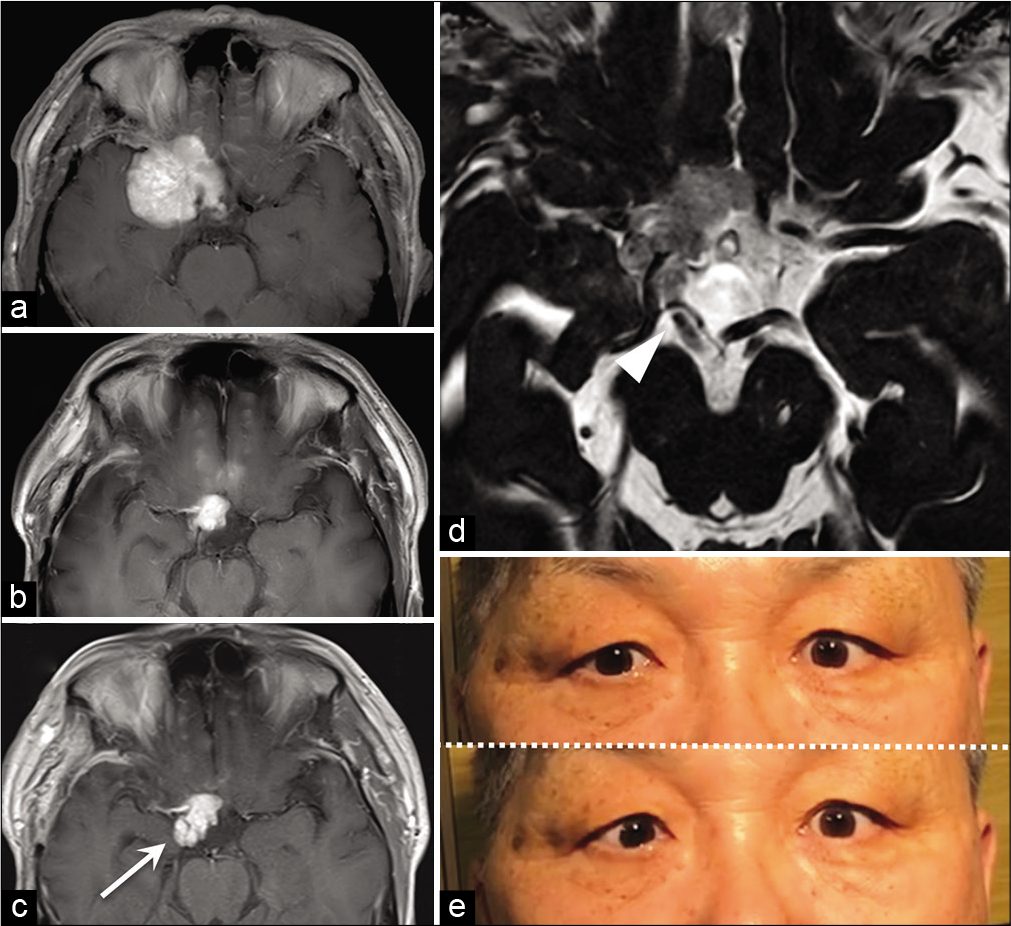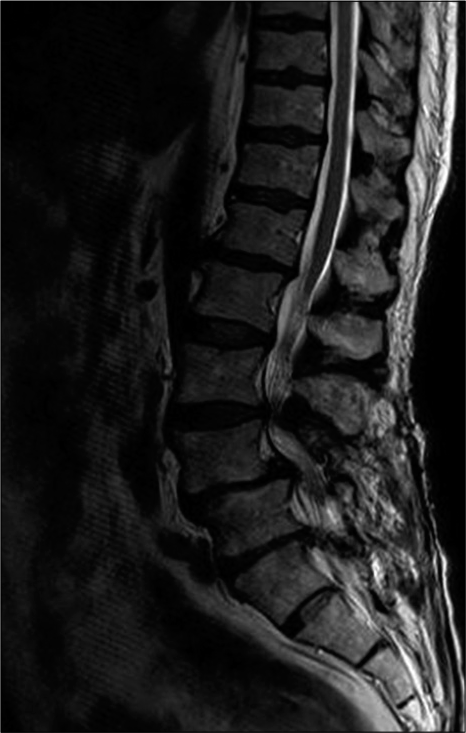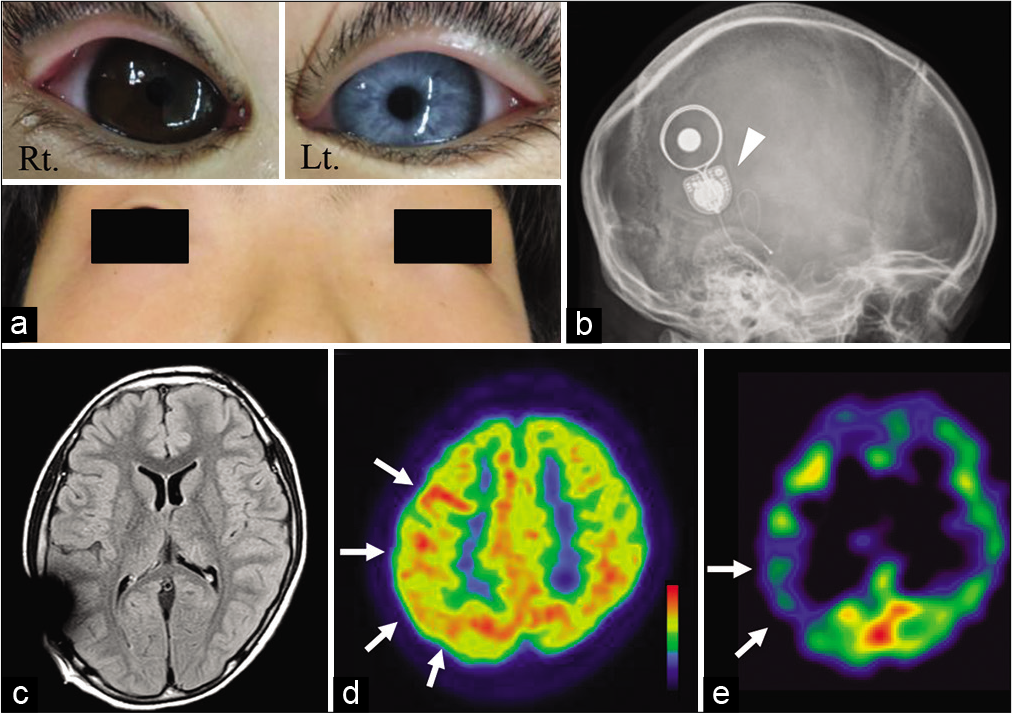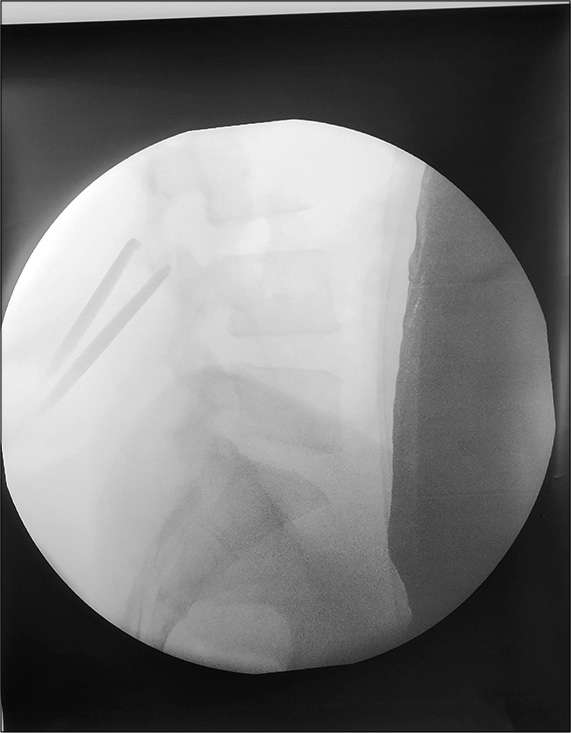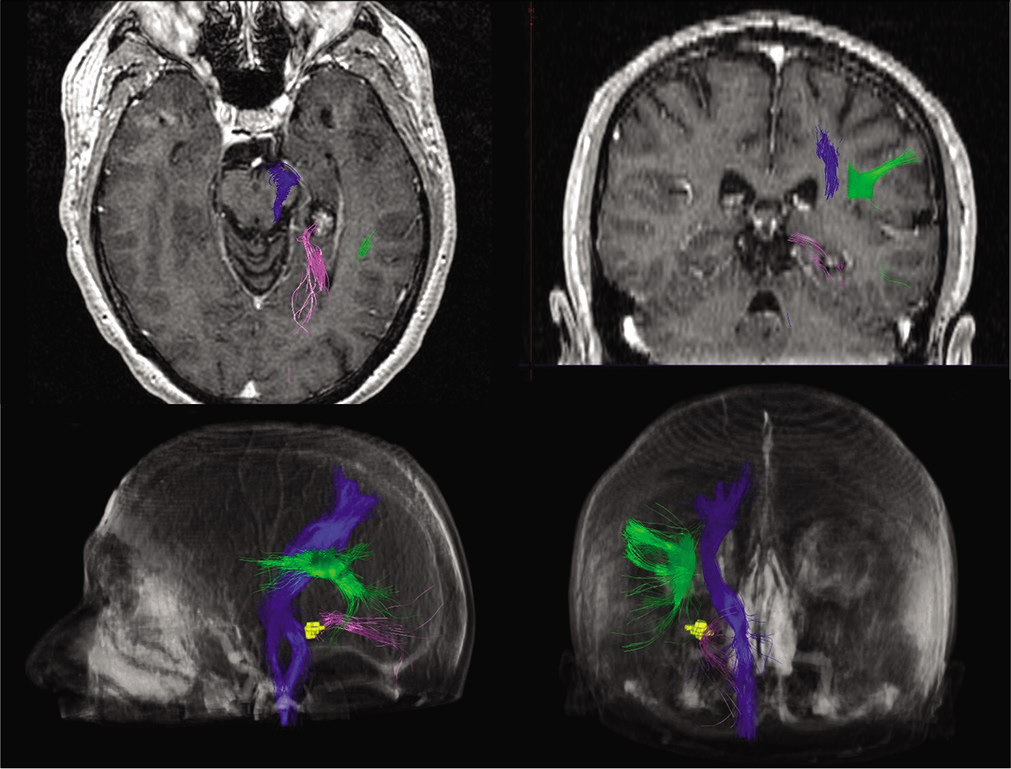Vascular entrapment neuropathy of the tibial nerve within the gastrocnemius muscle
Date of publication: 17-May-2021
Background: Vascular compression is an extremely rare cause of mononeuropathy and compression of selective tibial nerve branches is an additionally a rare finding and makes diagnosis difficult.
PubMed-indexed neurosurgical research productivity of Iraq-based neurosurgeons
Date of publication: 17-May-2021
Background: Research is a central component of neurosurgical training and practice and is increasingly viewed as a quintessential indicator of academic productivity. In this study, we focus on identifying the current status and challenges of neurosurgical research in Iraq.
Awake spine surgery: An eye-opening movement
Date of publication: 10-May-2021
Background: Awake surgery is performed in multiple surgical specialties, but historically, awake surgery in the field of neurosurgery was limited to craniotomies. Over the past two decades, spinal surgeons have pushed for techniques that only require regional anesthesia as they may provide reduced financial burdens on patients, faster recovery times, and better outcomes. The list of awake spine surgeries that have been found in the literature include: laminectomies/discectomies, anterior cervical discectomy and fusions (ACDFs), lumbar fusions, and dorsal column (DC) stimulator placement.
Two cases of supratentorial lobar intracranial hemorrhage following lumbar decompression and stabilization
Date of publication: 10-May-2021
Background: Lumbar spine surgery with or without intraoperative dural tear (DT) may contribute to postoperative subdural hematomas and/or cerebellar intracranial hemorrhages (ICHs). Here, we present two patients, one with and one without an intraoperative DT occurring during lumbar surgery, both of whom developed acute postoperative supratentorial ICHs.
Bursitis of the coccyx in an adult with rheumatoid arthritis mimicking a sacrococcygeal meningocele
Date of publication: 10-May-2021
Background: Bursitis is a chronic inflammatory condition characterized by the deposition of cholesterol, macrophage infiltration, and bursal wall calcification. Bursitis is, however, rarely found in the sacrococcygeal region where it may present as a space-occupying mass.
Ocular neuromyotonia caused by a recurrent sphenoidal ridge meningioma
Date of publication: 10-May-2021
Background: Ocular neuromyotonia (ONM) is a rare ocular motility disorder characterized by involuntary paroxysmal extraocular muscle contraction and is caused by radiation therapy, vascular compression, and inflammatory disease. This study includes a rare case of ONM caused by a recurrent meningioma.
Role of redundant nerve roots in clinical manifestations of lumbar spine stenosis
Date of publication: 10-May-2021
Background: Redundant nerve roots (RNRs) are defined as elongated, thickened, and tortious appearing roots of the cauda equina secondary to lumbar spinal canal stenosis (LSCS). The study compared the clinical and radiological features of patients with LSCS with versus without RNR.
Corpus callosotomy for drug-resistant epilepsy in a pediatric patient with Waardenburg syndrome Type I
Date of publication: 10-May-2021
Background: Waardenburg syndrome (WS) is caused by autosomal dominant mutations. Since the coexistence of epilepsy and WS type I is rare, the detailed clinical features and treatment of epilepsy, including surgery, have not been fully reported for these patients. We report the first case of an individual with WS type I, who underwent corpus callosotomy (CC) for drug-resistant epilepsy and obtained good seizure outcomes.
Management of symptomatic disc herniation in pregnancy: A case report and literature review
Date of publication: 10-May-2021
Background: Lower back pain with radiculopathy due to a disc herniation occurs in about 0.01% of pregnant females. Surgical intervention is seldom required unless there is intractable pain, and for a significant neurological deficit. Further, the use of intraoperative ionizing radiation may adversely affect the developing fetus.
Supracerebellar transtentorial approach for left parahippocampal cavernous malformation
Date of publication: 10-May-2021
Background: Lesions in the temporomesial region can be reached by various approaches: subtemporal, transsylvian, transcortical, interhemispheric parieto-occipital, or supracerebellar transtentorial (SCTT). The choice varies according to the characteristics of the lesion and neighboring structures.


